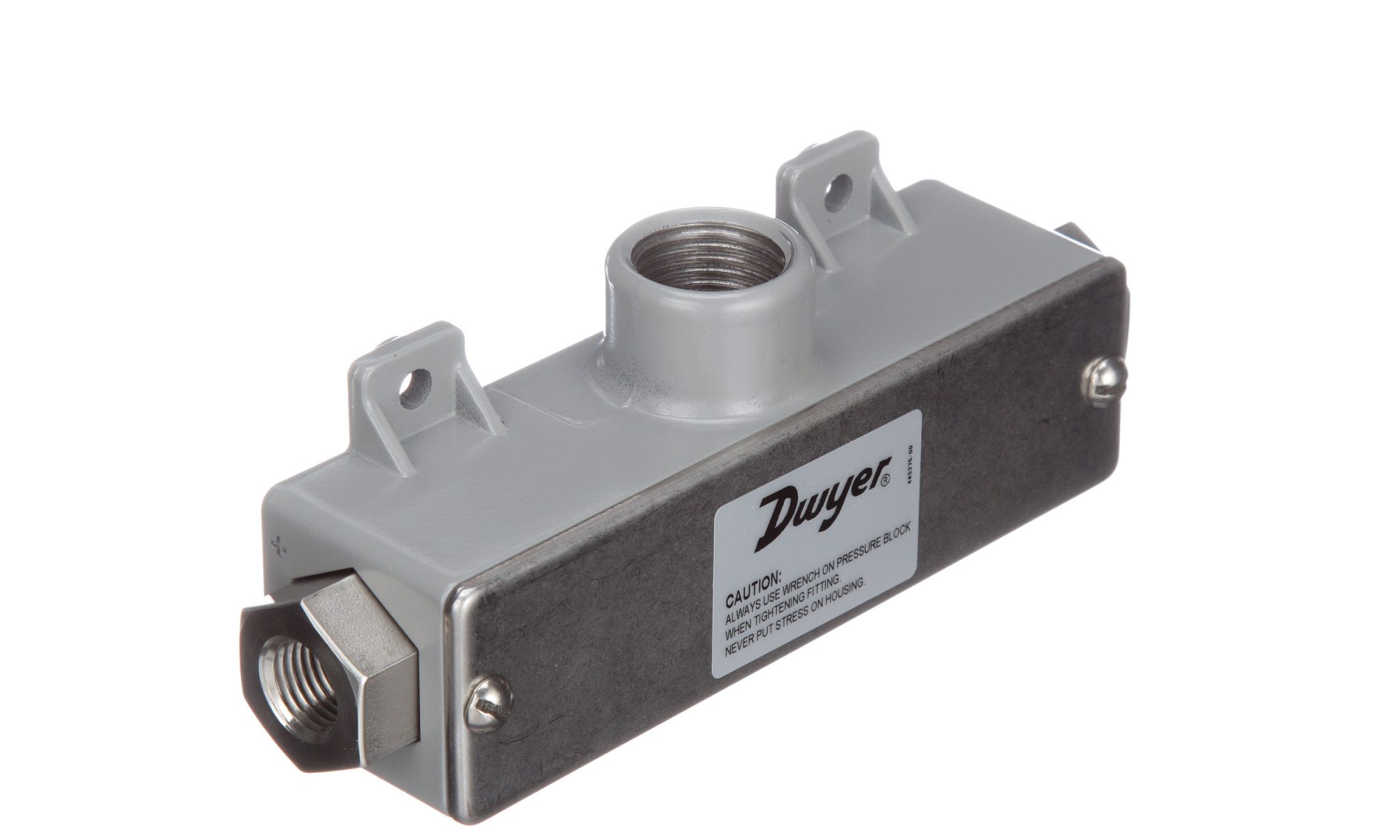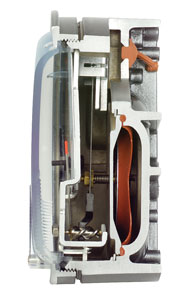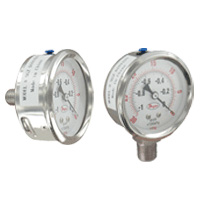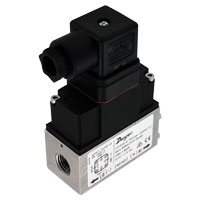 In today’s industry, the number of device output signals continues to grow. Each signal is different; so how do you figure out which one is right for your application? The easiest way to hone-in on the correct signals for your application is to decide whether you want a digital communication signal or an analog signal. Continue reading “Analog vs. Digital Device Signals”
In today’s industry, the number of device output signals continues to grow. Each signal is different; so how do you figure out which one is right for your application? The easiest way to hone-in on the correct signals for your application is to decide whether you want a digital communication signal or an analog signal. Continue reading “Analog vs. Digital Device Signals”
Ask the Expert: What is the Difference Between True and Calculated Wet/Wet Transmitters?
Question: What is the difference between true and calculated wet/wet transmitters? Continue reading “Ask the Expert: What is the Difference Between True and Calculated Wet/Wet Transmitters?”
Making Sense of Sensing Pressure
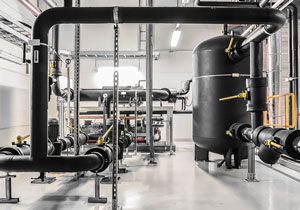 As discussed in previous articles and videos, pressure is the amount of force acting on a specific area and is equal to the force divided by the area. There are several types of sensing elements used inside pressure measurement devices. By understanding the components that make these products function and carefully comparing their specifications with your application requirements, you ensure the correct instrumentation is being used for your application. Today we’ll be discussing the functions of diaphragms and Bourdon tubes. Continue reading “Making Sense of Sensing Pressure”
As discussed in previous articles and videos, pressure is the amount of force acting on a specific area and is equal to the force divided by the area. There are several types of sensing elements used inside pressure measurement devices. By understanding the components that make these products function and carefully comparing their specifications with your application requirements, you ensure the correct instrumentation is being used for your application. Today we’ll be discussing the functions of diaphragms and Bourdon tubes. Continue reading “Making Sense of Sensing Pressure”
Ask the Expert: What is the difference between a glycerin-filled pressure gage, and the dry version?
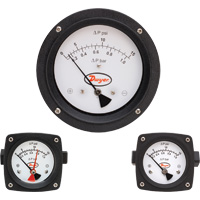
Question: What is the difference between a glycerin-filled pressure gage, and the dry version? Continue reading “Ask the Expert: What is the difference between a glycerin-filled pressure gage, and the dry version?”
Select Key Pressure Measurements and Their Importance
 Last September, we wrote about the different types of pressure and how each type is referenced. This post discussed atmospheric (barometric), absolute, gage, vacuum, differential, and hydrostatic pressure. For a refresher on these pressure types, click here. This post will expand on last September’s post by listing some more key pressure measurements and explaining their importance. Continue reading “Select Key Pressure Measurements and Their Importance”
Last September, we wrote about the different types of pressure and how each type is referenced. This post discussed atmospheric (barometric), absolute, gage, vacuum, differential, and hydrostatic pressure. For a refresher on these pressure types, click here. This post will expand on last September’s post by listing some more key pressure measurements and explaining their importance. Continue reading “Select Key Pressure Measurements and Their Importance”


